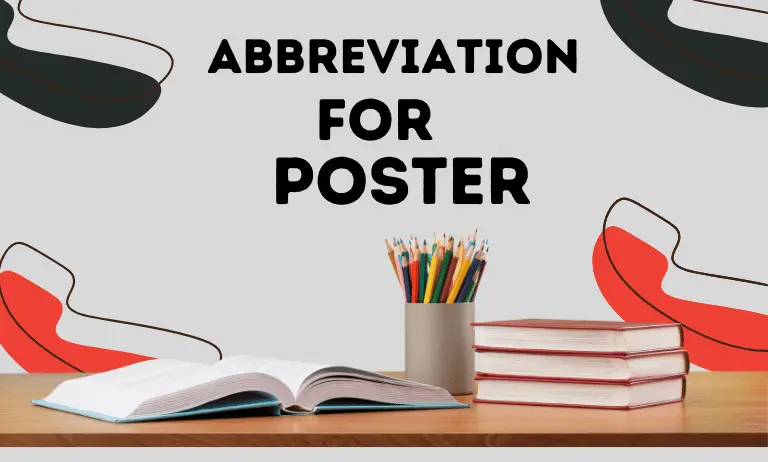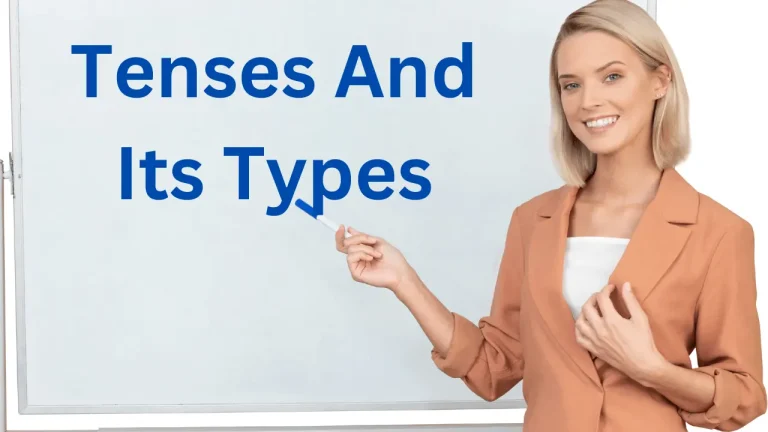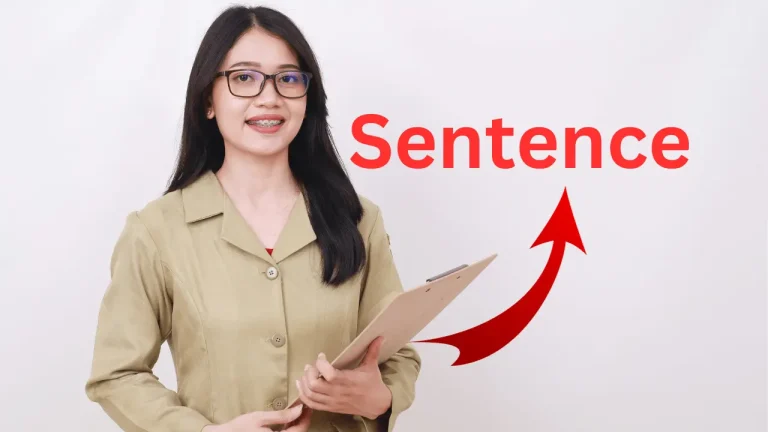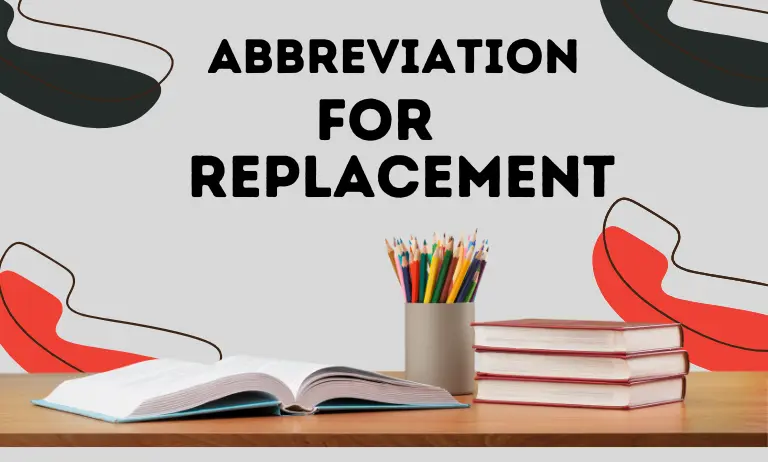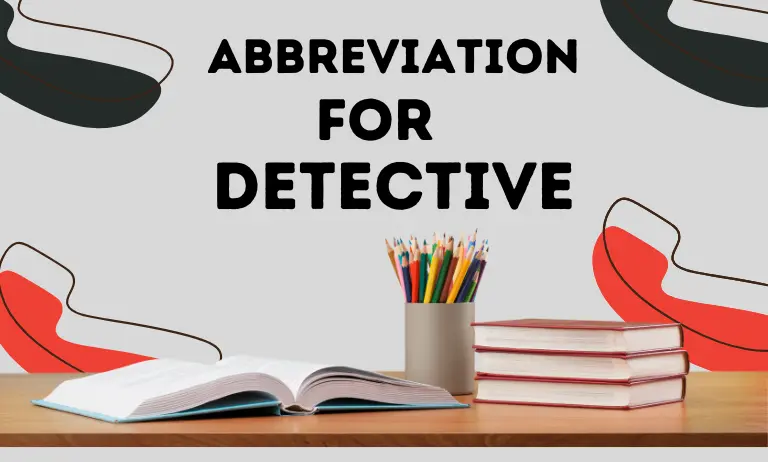Present Tense & How to Use It, With Example
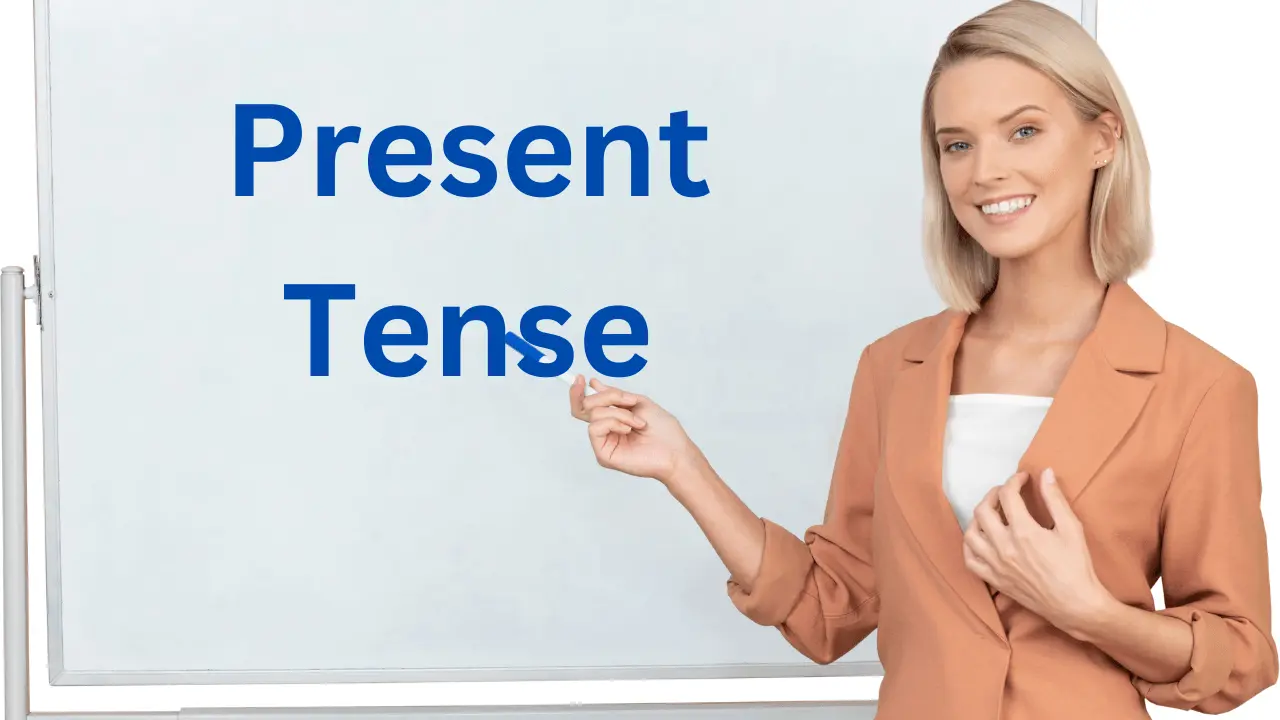
Present Tense With Explanation, Structure or Rules In the Form of Flow Chart
In the English language, when an action takes place at the time of speaking, we use the present tense. Also, it’s used to describe habits, unchanging situations, general truths, and fixed arrangements. In short, this said willn’t wrong that the present tense is a grammatical tense whose principal function is to locate a situation or event in the present time. This tense is used for actions which are happening now.
Sub-categories
This tense has been divided into 4 sub-categories, which depending on whether the action is in progress or completed or will happened (called the aspect of a verb). These’re:
Flow Chart of 4 Present Tenses Sub-categories
| Sub-categories | Name Of Present Tense |
|---|---|
| 1. Indefinite Tense | Present Indefinite Tense |
| 2. Continuous/Progressive Tense | Present Continuous/progressive Tense |
| 3. Perfect Tense | Present Perfect Tense |
| 4. Perfect Continuous/Progressive Tense | Present Perfect Continuous/progressive Tense |
Now, let’s start to discuss details these sub-categories:
1. Present Indefinite Tense
Present indefinite tense can be defined as the action that is done in the present, however there’s no definite time limit given to it being accomplished.
Note: In this tense, we usually use 1st form verbs, but sometimes we use “s/es” at the end of the verb with singular nouns (He, She, It) and singular name.
- We use “es” with those forms of verbs ending with these spelling “s, ss, sh, ch, x, and o. For Example: 1. Catch — Catches, 2. Go — Goes, 3. Mix — Mixes.
- Otherwise, we use “s” in all types of forms of verbs or regular verbs. For Example:1. Work — Works, 2. Play — Plays, 3. Drink — Drinks.
Use in Sentence:
2. Present Continuous/progressive Tense
Present Continuous/progressive tense used to denote an action that is continuing at the present moment.
Note: In this tense, we use helping verbs (is, are, am) and 1st form verbs with ing.
- Is: We use it with singular subject (He, She, It, singular name).
- Am: We use it only with I.
- Are: We use it with a plural subject (They, You, We, plural name).
Use in Sentence:
3. Present Perfect Tense
That tense which shows an action that is going to take place in future, is called Present Perfect Tense.
Note: In this tense, we use helping verbs (has, have), and usually use 3rd form verbs.
- Has: We use it with singular subject (He, She, It, singular name).
- Have: We use it with a plural subject (I, They, You, We, plural name).
Use in Sentence:
4. Present Perfect Continuous/progressive Tense
Present perfect continuous/progressive tense used to represent an action that began in the recent past and is still continuing.
Note: In this tense, we use helping verbs (has been, have been), usually use 1st form verbs with ing, and since/for.
- Has been: We use it with singular subject (He, She, It, singular name).
- Have been: We use it with plural subject (I, They, You, We, plural name).
- Since: We use it, if we know the exact time.
- For: We use it, if we don’t know the exact time.
Use in Sentence:
Structure or Rules of Present Tense
Do you prey confused about the structure of 4 present tenses? So, to understand the structure, look at the following table.
| Name of Tense | Making Sentence Rule | Example Sentence |
|---|---|---|
| Present Indefinite Tense | Subject + 1st form of verb or s/es + object. Note: Addition of s/es singular subject (He, She, It, and single person name) | He speaks the truth. (Addition of “s” with 1st form of verb, because “he” is a singular person. |
| Present Continuous/progressive Tense | Subject + Helping Verb(am/is/are) + 1st form of verb+ing + object. | She is plucking the flowers. |
| Present Perfect Tense | Subject + Helping Verb (have/has) + 3rd form of verb + object | You have reached home. |
| Present Perfect Continuous/progressive Tense | Subject + Have/Has + Been + 1st form of verb+ing + object + since/for + time. Note: Since: We use it, if we know the exact time. For: We use it, if we don’t know the exact time. | They have been reading for 2 hours. Note: We use “for” before “2 hours” because we don’t know whose 2 hours, means these hours are of day or night. |
FAQs
Conclusion
When you learn the basic rules of this present tense, you can improve your personality and enhance your knowledge. Moreover, you can talk with everyone with full confidence in English. Also, if you’ve faced any confusion while reading this article, you can contact us through the comment box. We’ll try our best to overcome your confusion in a short interval of time, so that you may understand them better. Also, thanks a lot from the depth of the heart for reading this article.
